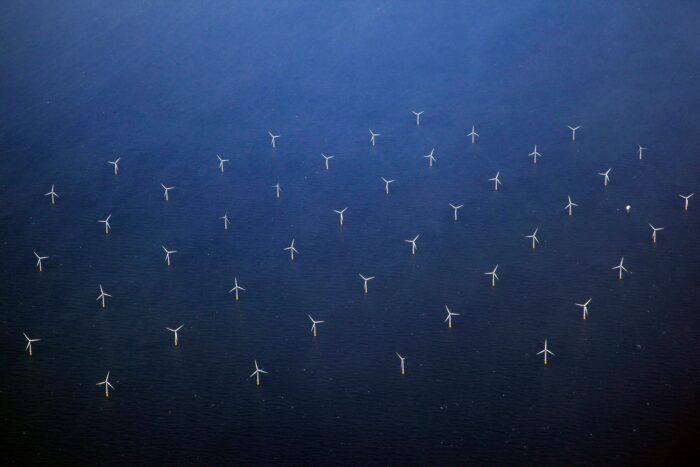According to a European Union (“EU”) estimate, each year a staggering EUR 260 billion of financing is required for sustainable business activities and projects for the EU to be able to meet climate targets set out in the Paris Agreement.
While major public investments are needed, it is also crucial that private capital is directed to sustainable targets driving the transition to zero-carbon, climate-resilient, resource-efficient and just economy.
The first steps introducing a framework for sustainable finance at EU level were taken in March 2018 when the European Commission (“EC”) published its Action Plan on Financing Sustainable Growth which sets out a comprehensive strategy to connect finance with sustainability. Descriptive of the urgency of the work and its high priority on the EU’s agenda, the EC set up a Technical Expert Group on sustainable finance (“TEG”) only three months later in June 2018.
One of the most important tasks assigned to the TEG was to make proposals for a new EU Green Bond Standard (“EU GBS”) with the ultimate objective to channel private capital into green and more sustainable projects in a framework that is credible in the eyes of the investors. In June 2019, the TEG published its final report including a draft model for the EU GBS. According to the proposal, any type of listed or unlisted bond or capital market debt instrument issued by a European or international issuer that is aligned with the EU GBS should qualify as an EU Green Bond.
What is the purpose of the EU Green Bond Standard and what is an EU Green Bond?
The EU GBS is expected to increase the flow of finance to green projects as well as to mitigate “green washing” concerns by ensuring that eligible projects will have an actual positive impact on the environment. The EU GBS sets out a framework for EU Green Bonds and so an issuer will only be allowed to use the label “EU Green Bond” if the following requirements are met:
- The issuer has prepared a Green Bond Framework, a public document setting out certain information, for example, on the issuer’s strategy and rationale for the issue, alignment with the EU taxonomy, reporting and allocation of proceeds;
- The net proceeds will be used exclusively to finance or re-finance a new or existing green project that: (a) contribute to at least one of the environmental objectives set out in the EU Taxonomy Regulation (see EU Taxonomy below), (b) does not significantly harm any of the other objectives, and (c) comply with certain minimum social safeguards set out in International Labour Organisation’s declaration Fundamental Rights and Principles at Work; and
- The alignment of the bond with the EU GBS will be verified by an accredited external verifier.
The main difference between existing green bonds, such as those issued in compliance with the International Capital Markets Association’s Green Bond Principles, and EU Green Bonds is the link the EU GBS has to the EU Taxonomy.
Next Steps
The EC is expected to move on with the final version of the EU GBS in connection with the renewed sustainable finance strategy. The target delivery date for the final version of the renewed sustainable finance strategy is indicated for Q4/2020. The new EU GBS will be one component of the EU’s extensive efforts to meet the net zero carbon goals by 2050. The standard is hoped to channel private investment into the transition to a climate-neutral and resilient economy
EU Taxonomy
The EU taxonomy is essentially a classification system for sustainable activities. Its purpose is to signal the types of activities that are aligned with the EU’s environmental policies and help investors, issuers and companies to navigate the transition to a low-carbon, resilient and resource-efficient economy.
The taxonomy sets performance thresholds for economic activities that make a substantive contribution to at least one of six environmental objectives. These objectives are:
- climate change mitigation;
- climate change adaptation;
- sustainable use and protection of water and marine resources;
- transition to a circular economy;
- pollution prevention and control; and
- protection and restoration of biodiversity and ecosystems.
In addition, economic activities that will be considered sustainable must comply with certain minimum safeguards and not do any significant harm to the other five objectives.
Because the Taxonomy Regulation sets up criteria for what type of economic activity is considered as environmentally sustainable, and thus “green”, the EU GBS is linked to the EU Taxonomy Regulation. Previously, there has been no formal definition on what constitutes “green”.
Quick’n’Green Q&A
Q: Who can issue green bonds?
Any company can issue green bonds regardless of their main business activity, as long as the proceeds are used for green projects. This means that a company can use green bonds to finance transition towards a more environmentally friendly business model.
Do we need to comply with the requirements of the EU GBS if we issue a regular bond?
No, the EU GBS is a voluntary framework. Unless you wish to issue an EU Green Bond, you do not need to comply with the EU GBS.
Q: How do the issuers benefit from issuing EU Green Bonds?
The TEG expects that issuers will benefit from issuing EU Green Bonds by way of increase in corporate visibility, enlarged and diversified investor base, stronger stakeholder relation and accelerated corporate transition.
Q: The technical screening criteria relating to the Taxonomy Regulation will be reviewed and adjusted from time to time.Will EU Green Bonds which use-of-proceeds no longer constitutes “green” maintain their status as EU Green Bonds?
This is uncertain. The TEG has recommended that the EU Green Bond label should follow throughout the bonds’ tenor, but the EC has not yet concluded the final approach to grandfathering.
Q: Can we use the EU GBS to finance an R&D project?
Yes, provided that the underlying activity is eligible for use-of-proceeds in the EU Taxonomy.
Contact authors


